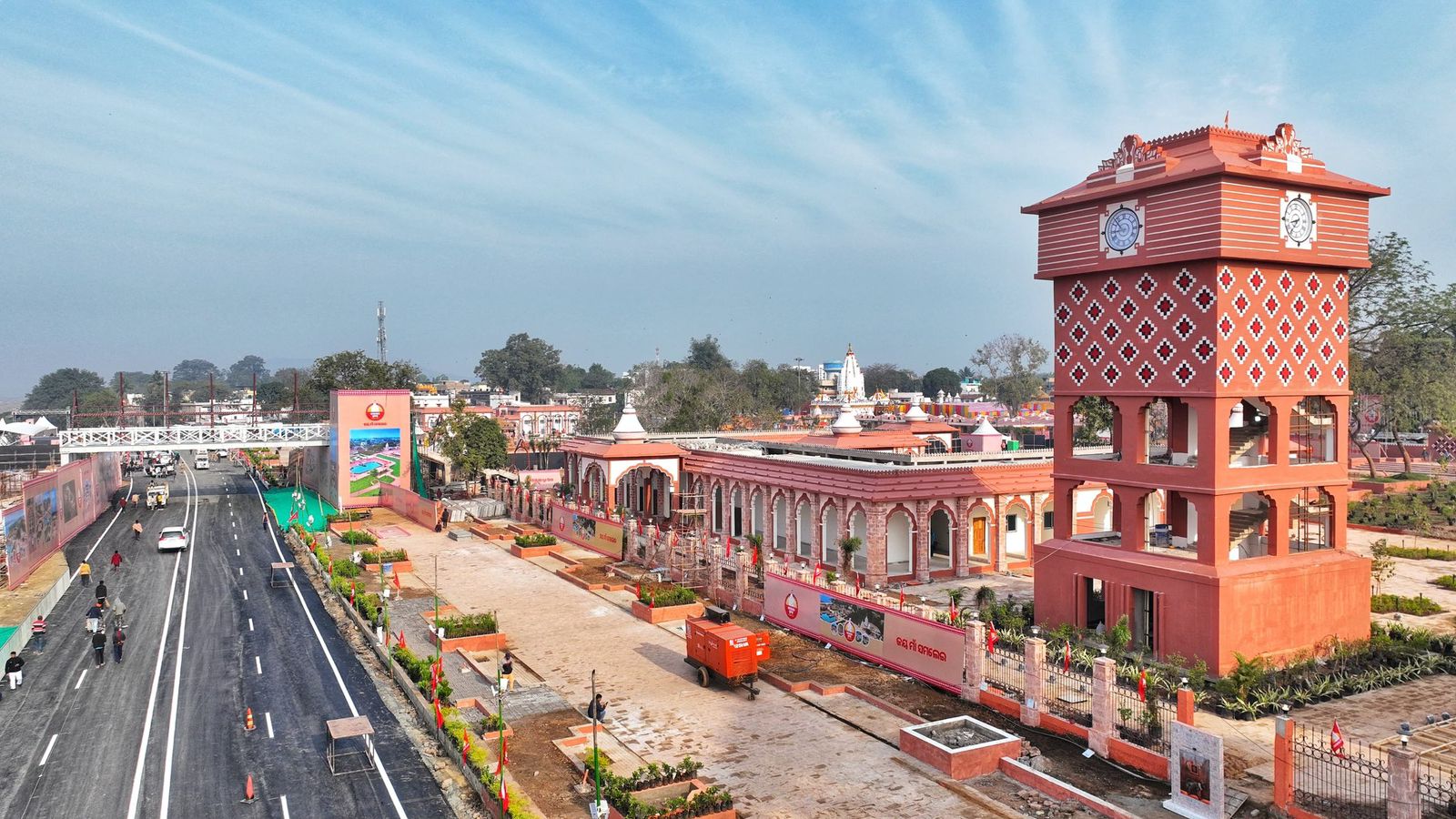One of the state’s most visited temples is the home of Goddess Samaleswari, the patron deity of Sambalpur. The benevolence of the Goddess spreads across Western Odisha up to Chhattisgarh.
Samaleswari temple was built some time in the middle of the 16th century. The temple was established in Kalinga architectural style. It was rebuilt by the 7th independent king of Sambalpur namely Chhatra Sai Deo who reigned from 1657 to 1665 AD. Some historians say that the idol of goddess Samaleswari under the simili tree was worshipped by tribals from third century A.D. till the temple was built by Balaram Dev.
Odisha’s Chief Minister Naveen Patnaik has recently launched the SAMALEI (Samaleswari Temple Area Management and Local Economic Initiative) Plan — a comprehensive redevelopment project to enhance the temple precinct of Maa Samaleswari.

Goal Of SAMALEI Plan
The project’s goal is to create an atmosphere of spirituality, culture, and legacy in order to provide pilgrims and tourists a singular experience. By giving the people in Sambalpur and Odisha more economic options, it also aims to strengthen the tourism-based economies of both regions.
The SAMALEI Plan’s main goals are to construct more projects surrounding the temple, highlight the magnificence of Maa Samaleswari Temple, and improve the experience of devotees.

Twenty shops and thirty-five households will be acquired as part of the project, and 250 families from the Ghungutipada slum will be rehabilitated.
In addition, a 1 km parikrama (circumambulation) path, a queue management system, a shoe stand, a tourist information counter, a cafeteria, bhojanalaya, prasad sevan mandap, and public restrooms will all be built as part of the project for the benefit of pilgrims and visitors.

Additionally, it will have a new crematorium in Mandalia with improved amenities. Incorporated into the temple complex will be a manicured garden, Khandolite paved paths, a designated area for local artists and merchants to set up shop, and arranged parking facilities.

In addition to these amenities, there will be a watchtower-cum-clock tower that offers a panoramic view of the temple site, a mahanadi arati platform that is directly connected to the temple precinct, and a legacy corridor with interwoven landscape and heritage lighting that meets international standards.

The design of the project also integrates other temple rituals and customs, including the deep ghar, parikrama surrounding the sanctum sanctorum, and additional rites related to the Mahanadi river and the existing pond.

The region and its residents should benefit financially from the SAMALEI Plan. With the exception of festivals, when the number of pilgrims is expected to reach 50,000–1 lakh, the project would raise daily foot traffic at the temple from 5,000 per year to 20,000.

More than 10,000 local families that work as craftsmen and weavers in more than 500 gramme panchayats in the districts of Sambalpur, Sonpur, Bargarh, Jharsuguda, Balangir, and Sundargarh will also profit from the project.

The project is expected to enhance the local economy by promoting transportation, hospitality, and other auxiliary services in the area of the temple. Through the Central Facility Management System, which will manage the project, it will directly help the local population in terms of employment.

Additionally, the project will build auxiliary infrastructure, bringing in investments for the city of Sambalpur in a variety of support activities.

